If you’re wondering which suburban neighbourhood (ie. Outside of Central Region, or OCR) to relocate to, it would be useful to find the ones with major “public infrastructural upgrades” within the next decade or so. We’re talking expressways, parks, MRT stations, shopping malls and so on.
While some would choose a home to be closer to their loved ones or for school proximity reasons, others do make it a point to know what the government has planned to upgrade the neighbourhood.
Here then are three suburban neighbourhoods that will definitely see some form of “infrastructural upgrade” by the government by 2030 and beyond.
Pasir Ris – Tampines North – Changi Aviation Park
By 2030, the 50-kilometre Cross Island Line (CRL) MRT network is scheduled to be completed. It will connect more than 100,000 households from as far as Ang Mo Kio, to Serangoon North, Hougang, Defu, Pasir Ris, Tampines North, Loyang and the Changi region. About a year later, an extension from Pasir Ris interchange will link residents to Punggol.
Tampines North itself, which is one-fifth of the Tampines region, is expected to provide about 21,000 new private and public housing once fully developed – one of them being the upcoming 590-unit Tampines North EC by Qingjian Realty and Santarli Construction at Tampines Street 62.
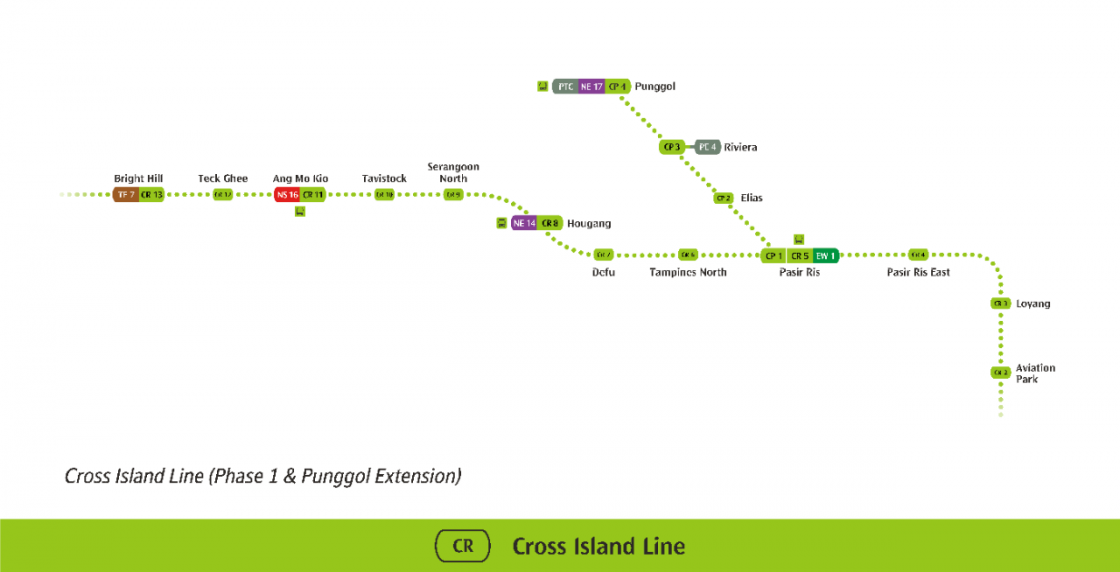
While having a new train station opening in your neighbourhood is celebratory in itself, there are a few other potential infrastructural upgrades which are open to nearby residents happening in the Tampines North-Pasir Ris (Central) region by 2030.
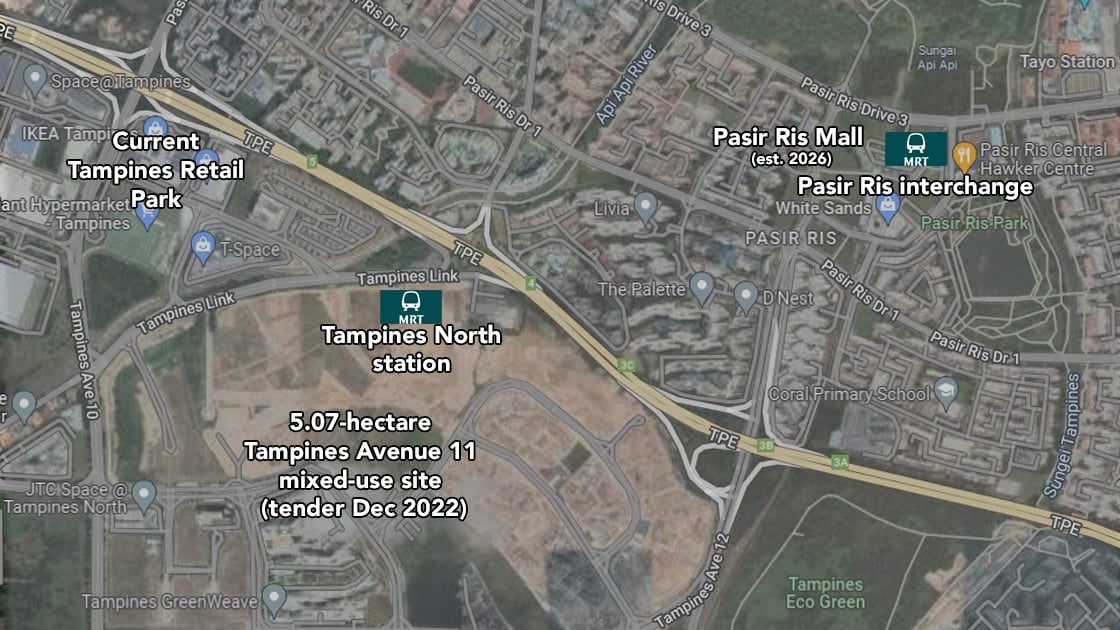
First, according to the latest government land sales (GLS) programme, a 5.07-hectare mixed-use site may be developed at Tampines Avenue 11. It has the potential to yield 1,190 residential units and 14,000 sqm of commercial space.
To put things into perspective, the combined area of the adjacent Tampines Retail Park (ie. Giant Hypermarket, IKEA Tampines and Courts Megastore) is roughly a million sq ft or 100,000 sqm. So we’re looking at a new commercial space in Tampines North that’s roughly over one-tenth of the Retail Park.
With the tender set for December 2022 and the award by 2023, we estimate construction to be complete between 2028 and 2030.
Second, there’s a possibility that the Tampines North area will serve as an Integrated Transport Hub (ITH) – basically, a huge air-conditioned interchange that interlinks buses, the train station, malls and nearby housing estates.
An ITH there will link the new township with nearby estates like Pasir Ris, Punggol, Bedok and the new Paya Lebar Air Base (see below).
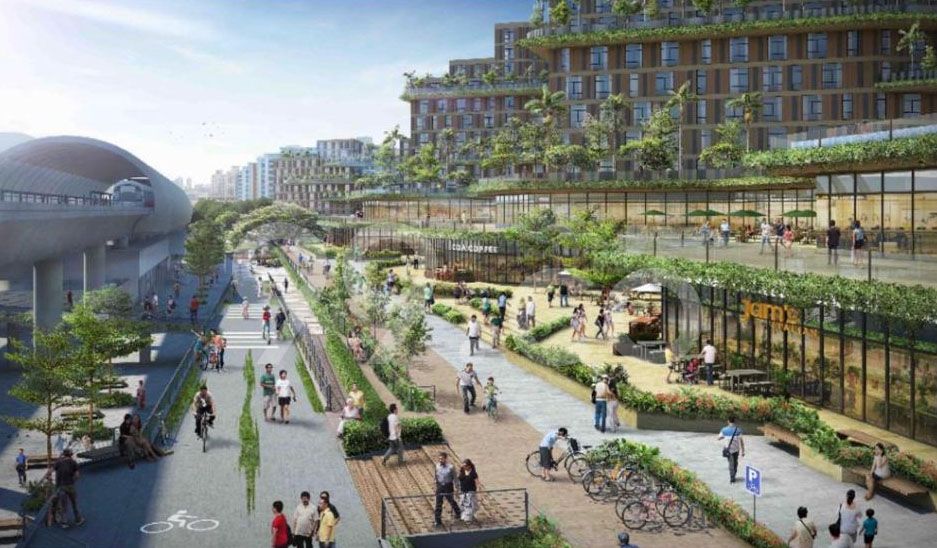
With Pasir Ris Mall due in 2026 (part of mixed-use Pasir Ris 8 condominium) and the completion of the Cross Island Line by 2030, expect traffic from Pasir Ris (Central) to Tampines North to be substantially different after 8 years.
Third, with the completion of the Cross Island Line, Changi’s Aviation Park station will be just four MRT stops away (from Pasir Ris). The Aviation Park is a major development with the expansion of cargo facilities in the Changi East Industrial Zone. There’s also the Changi City development for the Changi East Urban District to the south, which links to a new waterfront district and the current Changi Business Park.
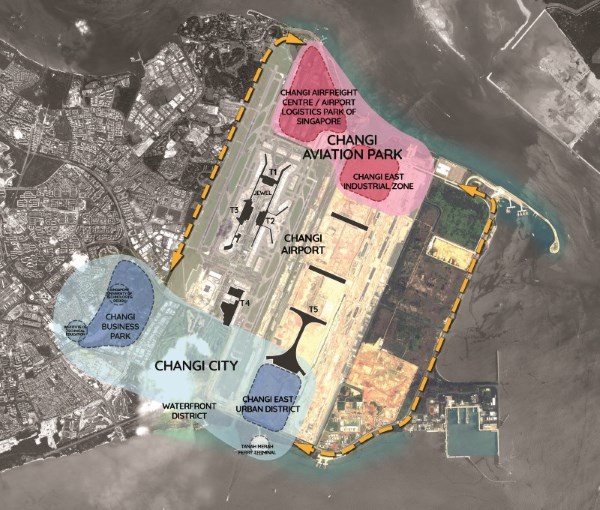
With Changi Airport Terminal 5 expected to complete and become operational by the mid-2030s (after a 2-year delay due to COVID), the run-up to its launch will see greater (read: accelerated) demand for resources. The increase in job opportunities in the Changi area means increased demand for housing and rental opportunities near it, like the ones near MRT stations, such as Loyang, Pasir Ris and Tampines North.
Paya Lebar Air Base (PLAB)
While this site won’t be ready by 2030, development plans for it will kickstart by the 2030s for sure.
Just next to the Tampines North-Pasir Ris area (bordering where the TPE connects to the KPE), the old Paya Lebar Air Base (PLAB) is about five times the size of Toa Payoh town (about 800 hectares of land).
When the current airbase relocates to Changi Air Base East and Tengah Air Base by the 2030s, the Paya Lebar site will be redeveloped for housing, recreation and businesses. This includes retaining its heritage significance, such as the 3.8km-long runway.
Maybe we’ll see a road there renamed “The Real Old Airport Road”?
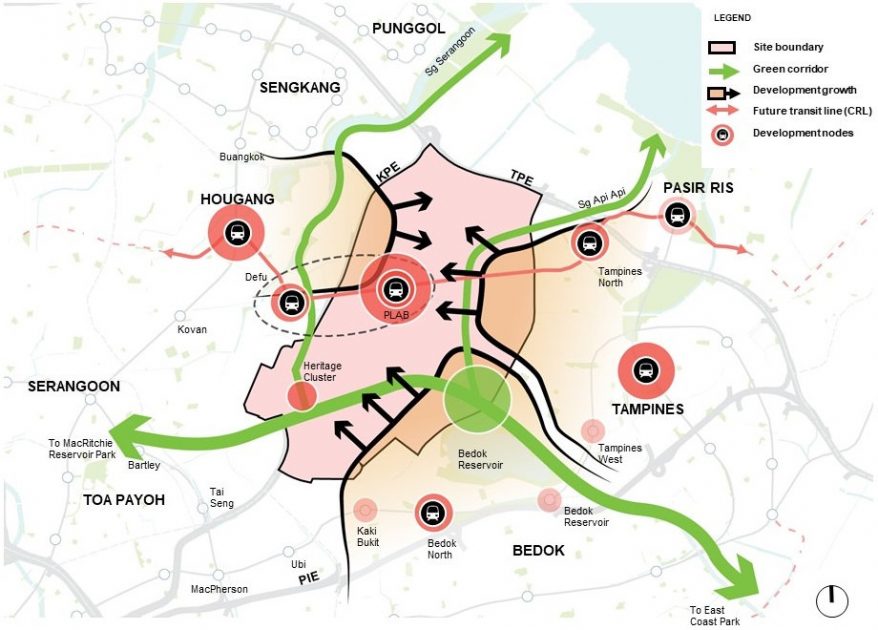
What’s immediately interesting from the infographic above is the indication of a “Paya Lebar Air Base” MRT sign between Defu and Tampines North stations on the Cross Island Line. This could either mean a future transit line between Defu and Paya Lebar Air Base stations or the addition of a station on the Line itself.
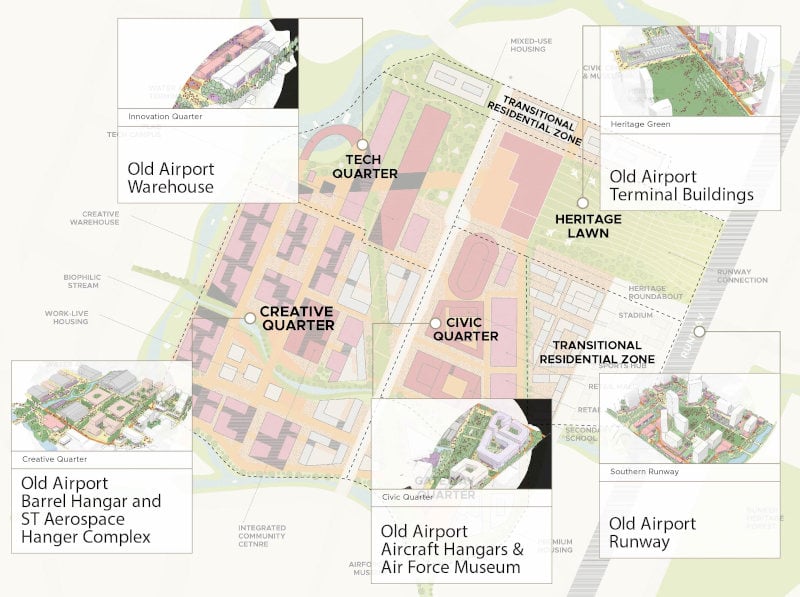
More importantly, early concepts for the site show a move to design workplaces and towns from scratch to adapt to remote working and future industries. Besides adapting existing infrastructure, the district will include a combination of pedestrian-friendly and car-lite pathways, amenities, waterfront experience and sustainable, energy-efficient buildings.
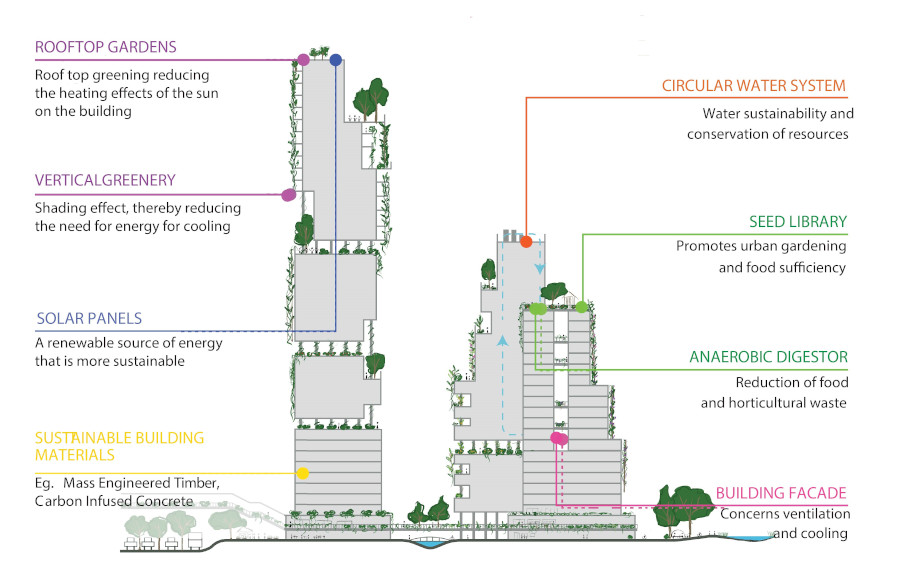
If you’re planning to relocate for the long-term or plan to invest and rent out an apartment until beyond 2030, you may want to consider properties around the Tampines Avenue 9 or 10 areas as these straddle between both the upcoming Paya Lebar Air Base and Tampines North developments.
Jurong Lake District (JLD)
Most of us already know that Jurong will be the second CBD in Singapore and that the 360-hectare Jurong Lake District Master Plan has been underway in phases since it was announced in 2008. However, very few of us actually know the actual timelines of what’s going to happen in this district by 2030.
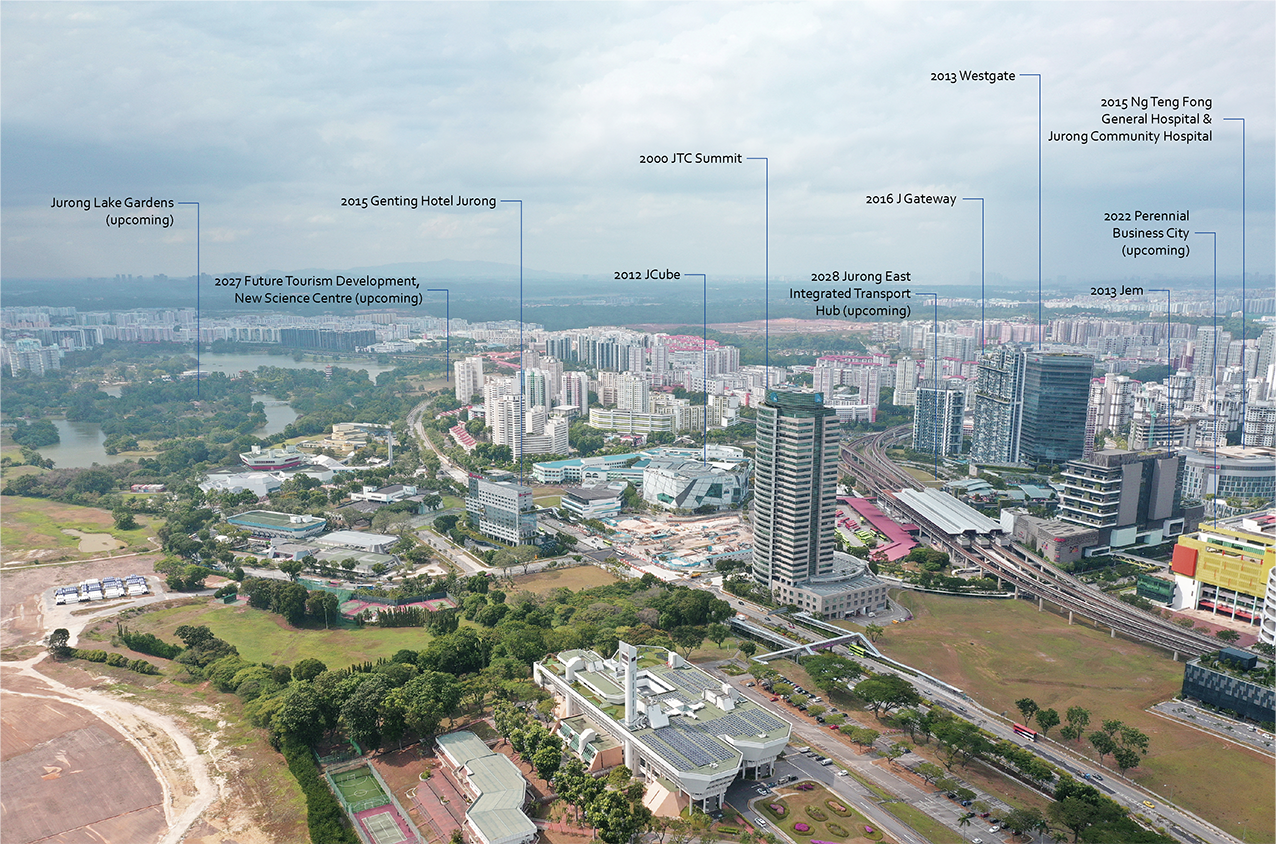
Identified as a model for urban sustainability under the Singapore Green Plan 2030, the district will see the following additional upcoming developments:
2022: Perennial Business City – the former Big Box shopping mall has over 1 million square feet of total net lettable area and will progressively commence operations in 2022. The 8-storey building features Singapore’s first-of-its-kind, Energy-as-a-Service concept and is set to become the first sustainable super-low energy business park in the JLD.
2025: New Science Centre at Jurong Lake Gardens – located next to Chinese Garden MRT station, the new Science Centre will serve as an edutainment institution next to a 7-hectare tourism development. The building design will be led by the local architect firm Architects 61 in collaboration with Zaha Hadid.
2027: Jurong East Integrated Transport Hub (ITH), Land Transport Authority offices – similar to the ITH we predict may happen in Tampines North, Jurong East’s ITH will feature fully air-conditioned bus interchanges linking commuters to the MRT station and adjoining commercial areas like malls.
The hub itself will feature a 27-storey block connected by a sky bridge to a second eight-storey block. These will house commercial and public facilities. What’s more, the Ministry of Transport and LTA will be moving some of its offices there.
2028: Tourism development beside the new Science Centre – the Singapore Tourism Board (STB) is currently seeking proposals to develop and operate the 6.8-hectare integrated tourism development, which includes a 350-room hotel and a mix of attractions, retail, food & beverage and entertainment offerings. The tender will close on 18 October 2022.
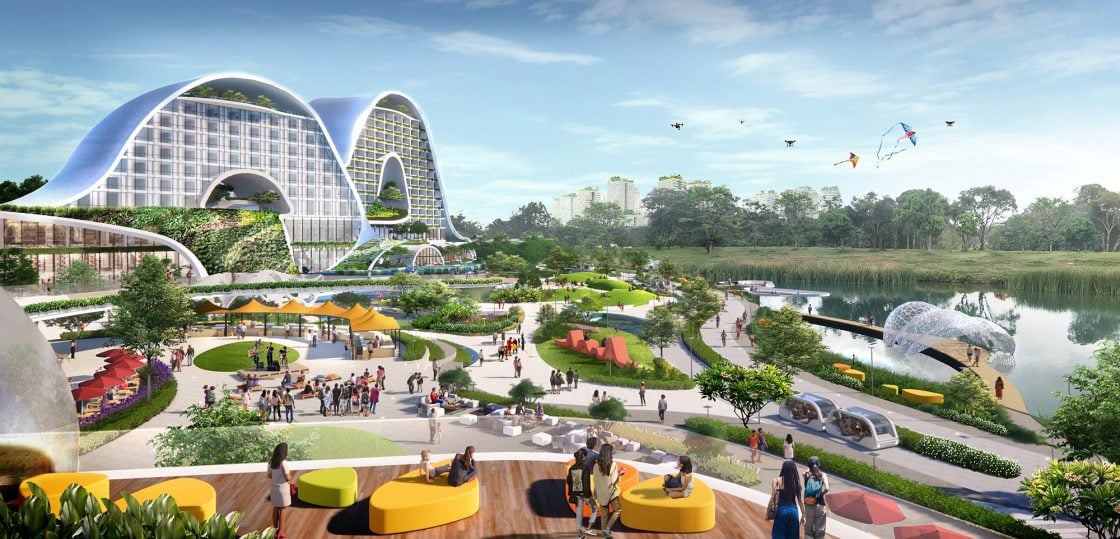
2029: Jurong Region Line (JRL) – the Jurong Region Line is Singapore’s seventh MRT line and will link housing estates like Tengah and Choa Chu Kang, as well as key districts like the Jurong Industrial Estate, Jurong Innovation District and the Nanyang Technological University (NTU). It will be completed in three phases from 2027 to 2029, with the JRL Jurong East station estimated to complete in 2028.
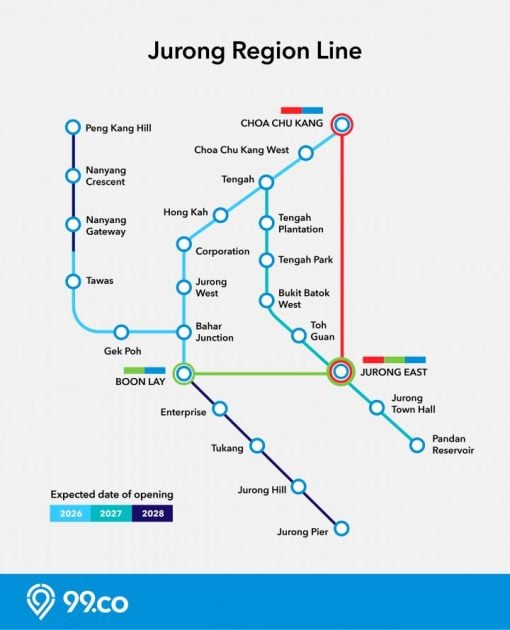
What’s interesting is that in the latest URA Concept Plan 2022 overview, unveiled as part of URA’s Long-Term Plan Review, there are potential signs indicating where future stations of the Cross Island Line may link with either the Downtown Line or Jurong Region Line.
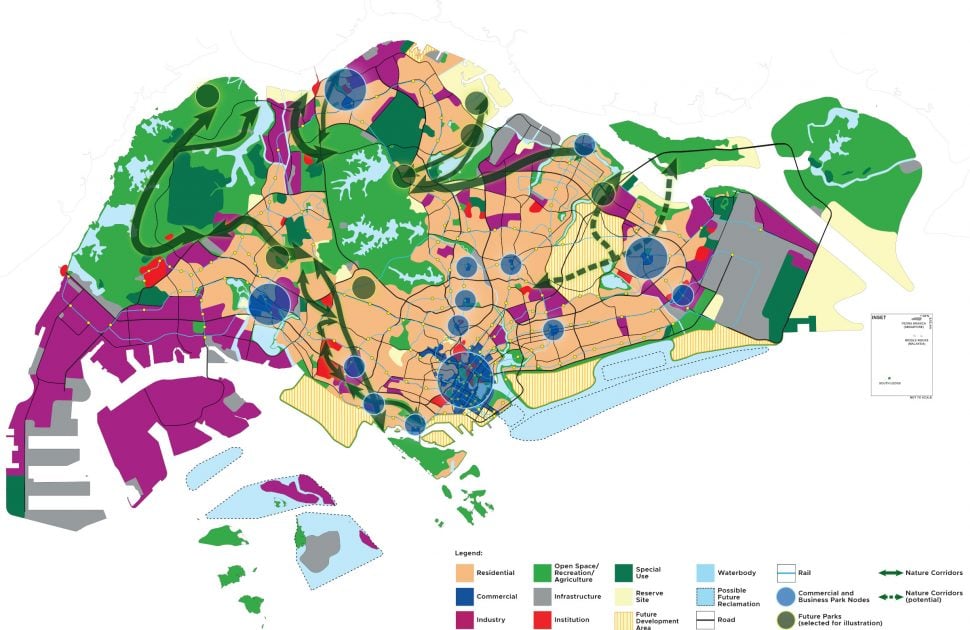
While we do know that the Cross-Island Line is meant to provide commuter relief for the East-West Line, it does make sense if commuters from say, Jurong East or Clementi, can choose to ride to Changi Airport on either line (the natural assumption would be the Cross Island Line should be faster).
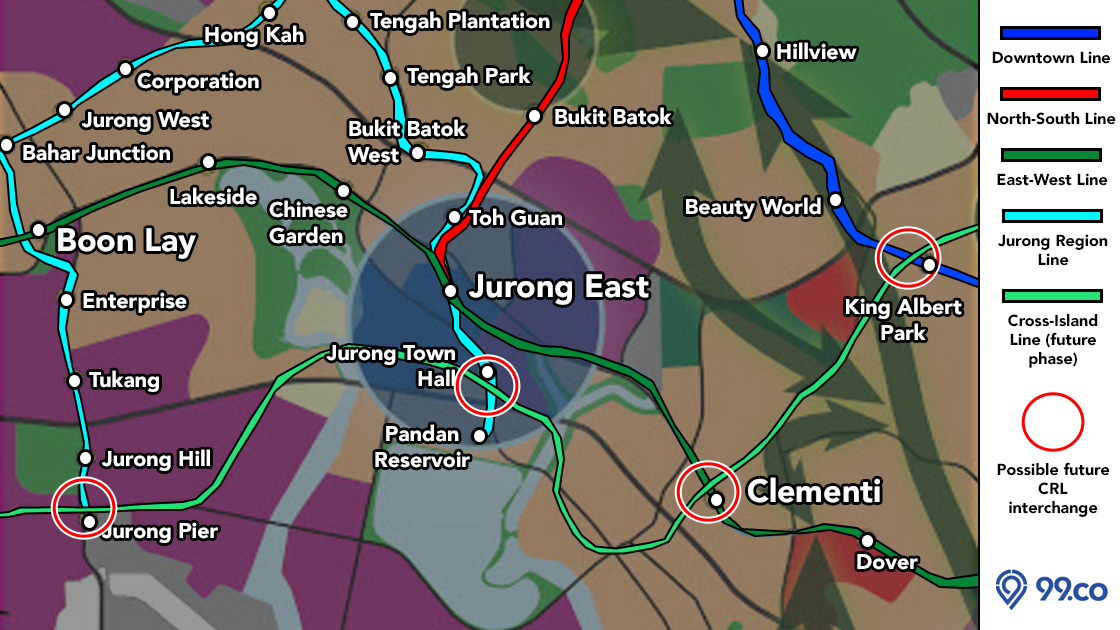
If you’re intending to invest in the Jurong Lake District or live there, these developments leading up to 2030 (and beyond) should more than provide a good enough glimpse of the potential in the area. You definitely can’t go wrong selecting properties in Jurong East central or properties situated within walking distance of Jurong Lake Gardens.
Who knows? When the time comes, you may be one of the luckier few whose home is near an existing MRT station that will be integrated with a Cross-Island Line station.
–
–
Are you planning on moving to any of these neighbourhoods in the near future? Tell us your story in the comments section below or on our Facebook post.
If you found this article helpful, check out Wing Tai wins tender for Lakeside Apartments collective sale for S$273.9 million and Battle of the regional centres: Jurong vs Woodlands vs Tampines.
The post Singapore suburban neighbourhoods with major, public infrastructural upgrades by 2030 and beyond appeared first on 99.co.





























































